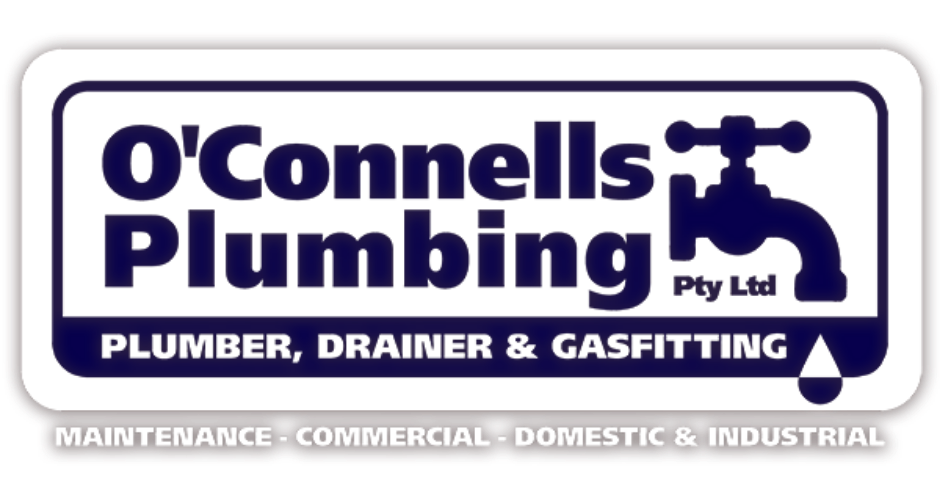There are a number of different types of septic tank (wastewater management) systems. They are designed for and used in different site conditions. Before installation of a Septic System commences, you are required to get a soil test done because the type and location of your land may decide which system you need to install.
The main types of systems we are going to look at are:
* Conventional or standard systems
* AWTS - Aerated Wastewater Treatment Systems
* Composting Systems
These 3 are the most popular systems on the market today.
Conventional/standard systems
These systems rely mostly on gravity and consist of a septic tank, connected to a distribution pit followed by effluent (absorption) trenches which are generally slotted pipe laid underground in aggregate filled trenches. The length and width of these trenches is determined by the size of the development. Solids settle in the bottom of the tank and liquid known as the effluent passes through the distribution pit to the trenches where it is absorbed by the soil.
AWTS - Aerated Wastewater Treatment Systems
These systems normally have two tanks and consist of a primary settling chamber with an aeration system which treats effluent with chlorination or ultraviolet to an approved standard, 20/30, for use as onsite fixed underground irrigation. These systems require power to operate and need to have an alarm fitted to warn you if it is not working properly. Regular servicing is needed by a qualified service agent, generally every 3 months. It is important that you follow the manufacturer’s guidelines to make sure the system works properly at all times.
Composting Systems
Primary treatment is composting, for example Worm Farms. These systems require care to ensure the composting system is operating properly. Some systems require grey water to be treated separately.


